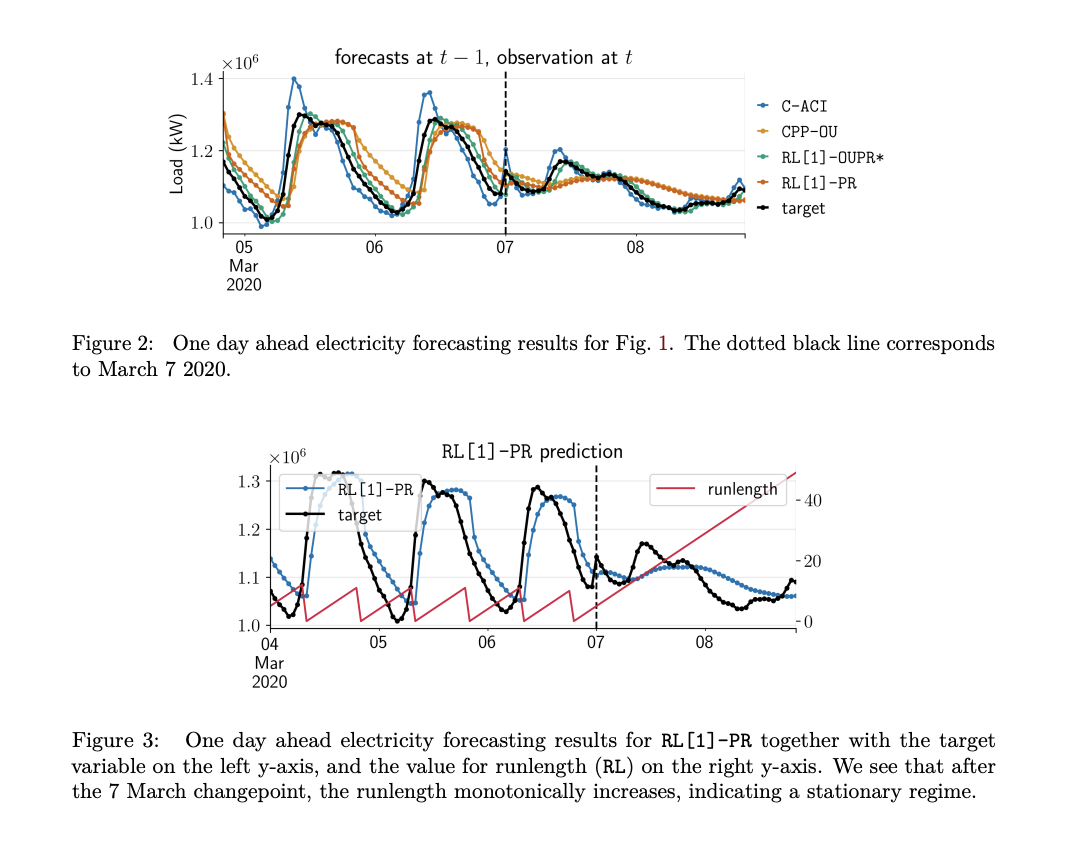
BONE: A New Approach to Machine Learning
Researchers from Queen Mary University of London, the University of Oxford, Memorial University of Newfoundland, and Google DeepMind have introduced BONE, a framework for Bayesian online learning in changing environments.
What is BONE?
BONE addresses three key challenges:
- Online continual learning
- Prequential forecasting
- Contextual bandits
It requires three main components:
- A measurement model
- An auxiliary process for non-stationarity
- A conditional prior for model parameters
Effective Algorithms
BONE includes algorithms that estimate Gaussian posterior densities, focusing on efficient Bayesian methods, such as:
- Conjugate updates (Cj): Provides tractable updates.
- Linear-Gaussian approximation (LG): Approximates with linear Gaussians.
- Variational Bayes (VB): Minimizes divergence for efficient computation.
Other methods like Sequential Monte Carlo (SMC) and Ensemble Kalman filters (EnKF) enhance flexibility for complex scenarios.
Auxiliary Variables
BONE categorizes auxiliary variables into:
- Discrete Auxiliary Variables (DA): Handle discrete values with fixed or increasing weights. Solutions may use simpler methods like mixtures of experts.
- Continuous Auxiliary Variables (CA): Demand approximations due to computational complexity.
Experimental Success
Researchers tested BONE’s algorithms across various tasks, comparing different models and auxiliary choices. The aim was to enhance predictions and updates.
Performance Highlights
In a specific task involving 10-armed Bernoulli bandits, the RL[1]-OUPR* algorithm showed the best accuracy, although other algorithms revealed strengths and weaknesses in specific scenarios.
Conclusion
BONE represents a significant step in online learning, offering a flexible and innovative framework that can address various prediction challenges. Key components include:
- An algorithm for estimating model parameter beliefs.
- An algorithm for estimating beliefs about auxiliary variables.
The potential of BONE opens doors for further exploration and application in dynamic real-world situations.
Engage with Us
For more insights, follow us on Twitter, join our Telegram Channel, or connect on LinkedIn. Subscribe to our newsletter for exciting updates.
Upcoming Event
[FREE AI VIRTUAL CONFERENCE] Join us at SmallCon on Dec 11th for a free virtual event featuring AI leaders discussing how to build with small models.
Transform Your Business with AI
Consider integrating BONE into your operations to enhance competitive advantage:
- Identify AI Opportunities: Find areas in customer interactions that can benefit from AI.
- Define KPIs: Ensure your AI initiatives have measurable outcomes.
- Select AI Solutions: Choose tools that fit your specific needs.
- Implement Gradually: Start small, gather data, and expand use cautiously.
Contact Us
For AI KPI management advice, reach out at hello@itinai.com. Stay updated on AI trends with our Telegram and Twitter.
Explore more about AI solutions to transform your sales and customer engagement at itinai.com.

























